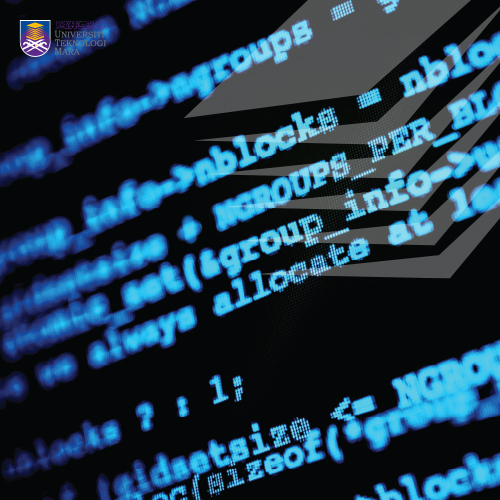About this Module
What you will learn
This micro-credential module aims to provide students (healthcare providers, people working for older persons and caregivers) with the understanding of sarcopenia in relation to muscle health. The contents of this course include understanding the characteristics, risk factors, and mechanisms of sarcopenia as well as the clinical relevance of sarcopenia. The students will learn basic screening and assessment of sarcopenia to detect normal muscle health, pre-sarcopenia, sarcopenia and severe sarcopenia. After completion of each lesson, the students will perform some learning activities or quizzes to capture understanding and to ensure the sustainability of learning the topic of interest.
What skills you will gain
This course empowers healthcare providers, caregivers, and professionals working with older adults with the knowledge and skills in identifying symptoms of sarcopenia (Muscle loss and weakness).
Total contents and assessments
3 Topics; 3 Learning Activities; 3 Quizzes/Assessments
Module Details
CLUSTER : Science & Technology ( ST ) MODE/DURATION : Flexible LENGTH : 14 days EFFORT : 2 LEVEL : Intermediate LANGUAGE : English CERTIFICATE : Yes CPD POINT : 0 PRICE : Free Associated Course (s) : No Course





